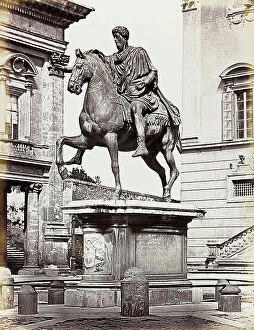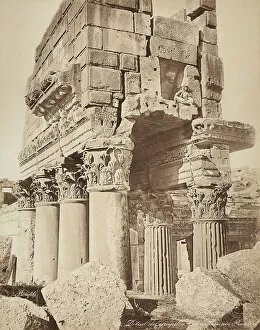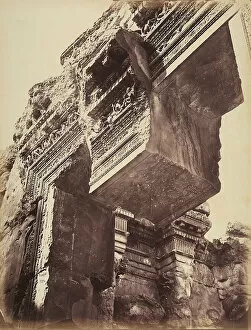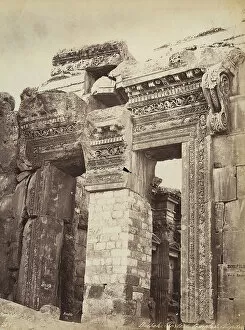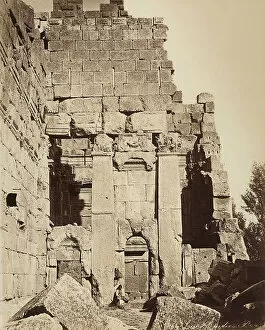Antonine Period Collection
The Antonine period, also known as the reign of the Antonines, was a significant era in Roman history that spanned from 138 to 192 AD
All Professionally Made to Order for Quick Shipping
The Antonine period, also known as the reign of the Antonines, was a significant era in Roman history that spanned from 138 to 192 AD. This period saw the rule of emperors such as Antoninus Pius and Marcus Aurelius, who left a lasting impact on Rome and its empire. One iconic symbol of this time is the equestrian statue of Mark Aurelius in Piazza del Campidoglio in Rome. This magnificent sculpture showcases the power and authority of Marcus Aurelius, capturing his commanding presence for all to see. In Ancient Ostia, a bustling port city near Rome, one can find remnants of daily life during the Antonine period. A bar counter stands as a testament to social gatherings and leisure activities enjoyed by Romans at that time. Antoninus Pius, another notable emperor from this era, is immortalized through a Roman bust displayed in the Galleria degli Uffizi in Florence. The intricate details captured in this artwork showcase his regal features and dignified expression. Art played an essential role during this period as well. A replica of Myron's famous sculpture "Discobolus" was showcased at an exhibition held in Florence back in 1952. Today it is preserved at the National Roman Museum in Palazzo Massimo, Rome - serving as a reminder of ancient artistic achievements. Even beyond Italy's borders, evidence of the Antonine influence can be found. In Alexandria, Egypt stands a young statue depicting Emperor Marcus Aurelius - originally exhibited at an Augustan Exhibition showcasing Roman spirit held in Rome between 1937-1938. Funeral processions were also significant events during this time; depicted on high relief column bases like those seen today within Vatican Museums' Courtyard of Armour. These reliefs capture moments from Antonio Pius's funeral parade with great detail and reverence. Traveling further east to Baalbek Lebanon reveals the ruins of the Temple of the Sun.

